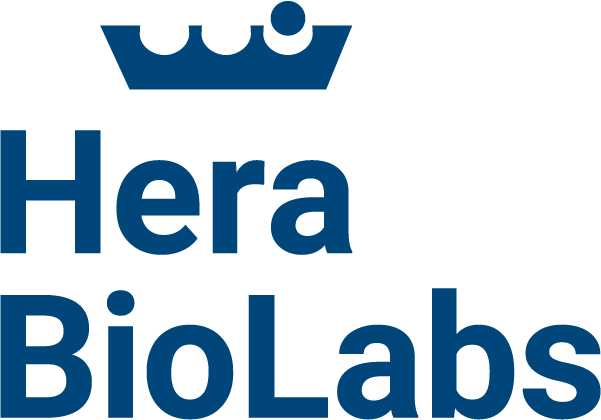In a recent study, researchers uncovered a unique mechanism in which gut microbes have the ability to influence the immune response against nearby liver tumors. This study was observed in mice, and the results were published December 15, 2020 in Cancer Discovery. This research shows how specific diseases that weaken the protective lining of the gut barrier may aggravate certain liver cancers like cholangiocarcinoma. [1]
Anatomically speaking, the liver sits on top of the stomach which are both connected via a portal vein, meaning that the liver could be potentially susceptible to any of the gut microbes. It’s also been found that multiple other diseases that affect the gut, such as primary sclerosing cholangitis (PSC) and colitis, are associated with an increased risk for cholangiocarcinoma as well.
Many similar studies over the years have found evidence to support that gut microbes do in fact influence the immune system in many ways, including the ability to suppress tumor growth. A lot of recent research has been exploring the influence that these gut microbes have on liver tumors in general.
Researching The Effect Of Myeloid Cells
The research team conducted multiple experiments showing that immune-suppressing cells, called myeloid cells, can accumulate on the liver with a leaky gut barrier in mouse models. Myeloid cells are usually found near tumors, and are also known for immune-suppression activities, so they’re thought to facilitate tumor growth. The results supported this assumption, showing that mice with gut diseases had increased levels of myeloid cells in the liver, and subsequent tumor growth.
The next part of this study is how all of this would translate in patients, which is always the most important question. To start answering this question, the research team observed patients who had PSC or colitis, and they found a similar immune signaling signature that was also found in the mouse models. Similar to the mice with gut disease and liver cancer, these patients had even greater tumor growth and even worse outcomes. Even though these results are very early findings and more research is needed, there is a good potential for therapeutic applications in the near future.
How Using An SRG Rat Platform Can Optimize These Studies
Mouse models have always been a staple with this type of research, but we would suggest Hera’s SRG rat for a more robust and flexible option and for expanding these studies further. Hera’s SRG rats have many anatomical features that would lend well to exploring these connections between PSC and colitis and tumor growth in greater detail. Our humanized rat models have a huge amount of potential in this type of research, as they can not only provide a more accurate representation of safety and efficacy, but also a means for more robust studies very early upstream. With the help from Hera’s platform, better in vivo systems can make studies like the one above more effective and efficient.
Learn How Cas-CLOVER Can Benefit Your Animal Model Research
Our Cas-CLOVER technology and CRO services can optimize your workflow while maximizing the quality of your research. Our team would love to discuss your options with our technologies. If you’re interested in learning more, please contact us here.
References
- Qianfei Zhang, et al. Gut Microbiome Directs Hepatocytes to Recruit MDSCs and Promote Cholangiocarcinoma. Cancer Discov 2021;11:1248–67. DOI: 10.1158/2159-8290.CD-20-0304
